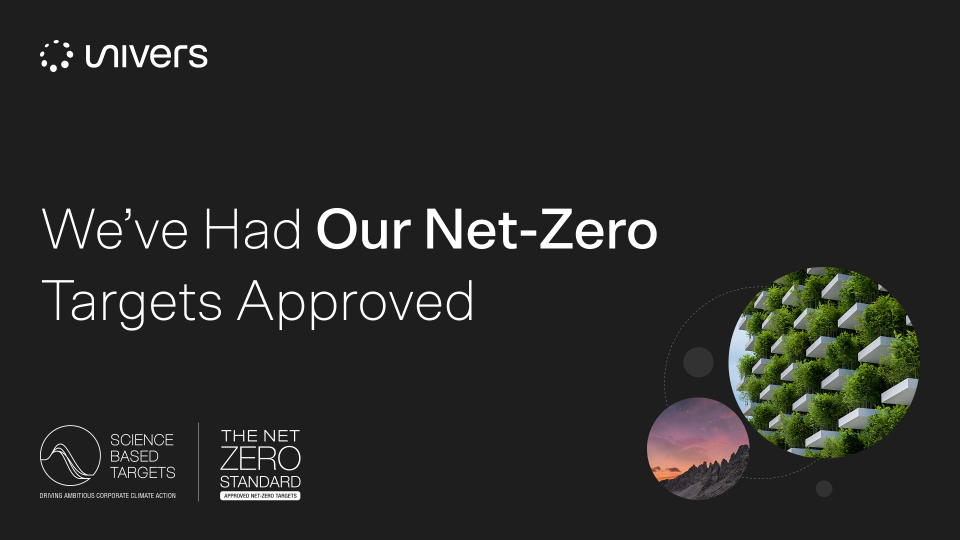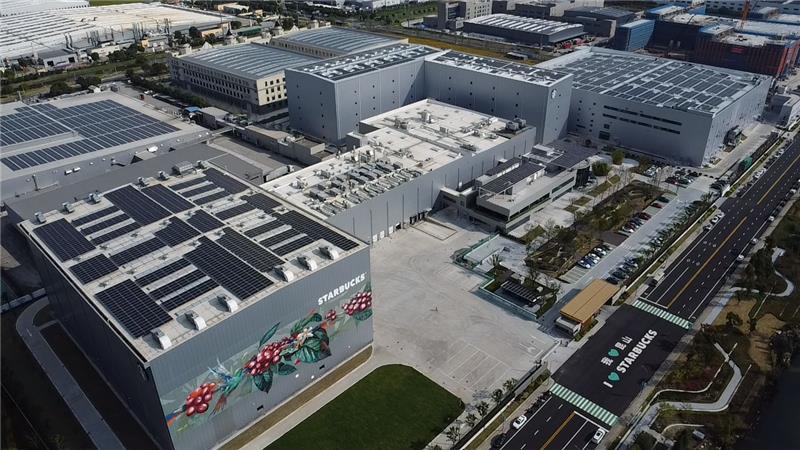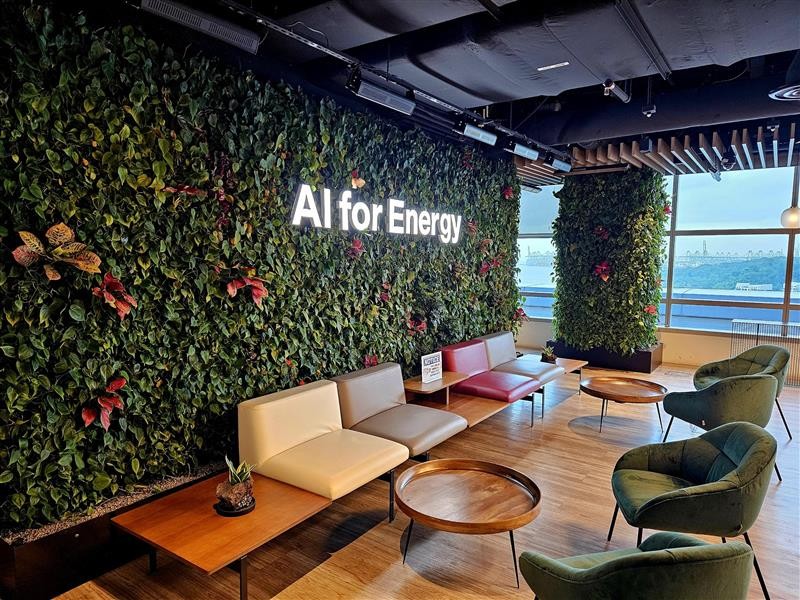Building technology customers don’t want to manage vendor liability—they want results. At Univers, we’ve recognized this fundamental shift and designed our approach accordingly.
Rather than forcing customers to coordinate between multiple vendors for sensors, analytics, AI optimization, and system integration, Univers takes end-to-end responsibility for decarbonization outcomes. When a customer implements our platform to optimize their building portfolio or renewable energy systems, they work with a single point of accountability.
This end-to-end approach means we manage the complexity behind the scenes, coordinating our connected sensors, AI algorithms, and system integrations to deliver guaranteed results. Instead of customers navigating contracts with separate IoT vendors, software providers, and integration specialists, they get one contract, one relationship, and one team accountable for success. The pattern is clear: customers want partners who absorb integration liability instead of passing it along.
For sales teams: Are we making it easier or harder for customers to understand who’s responsible when systems underperform? There’s a tension between showcasing technical capabilities and simplifying accountability.
For product development: Each integration point we add creates another potential liability handoff. How do we balance innovation with the contract complexity we’re creating for customers?
For company strategy: As AI capabilities evolve rapidly, how do we structure partnerships and contracts that can adapt to changing technology without leaving customers stranded?






